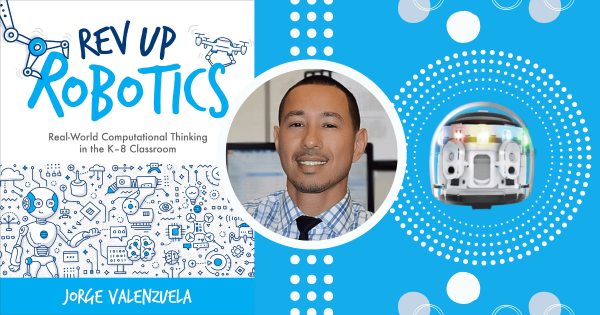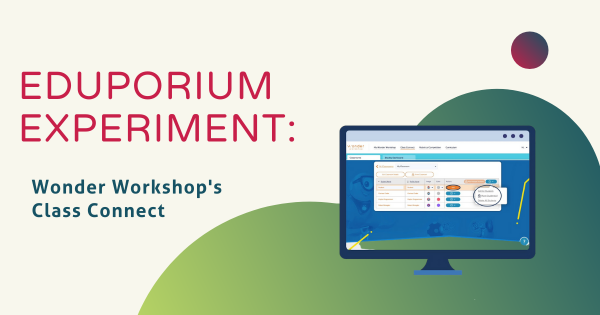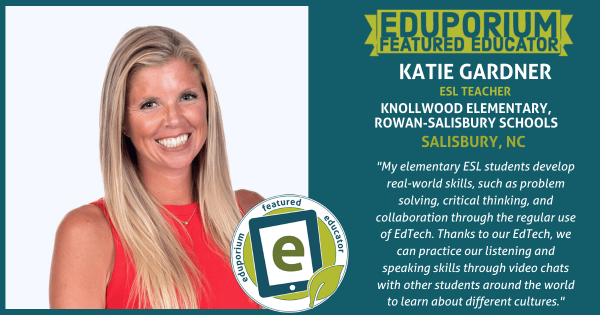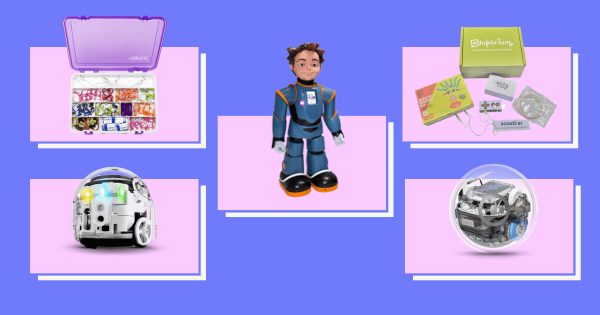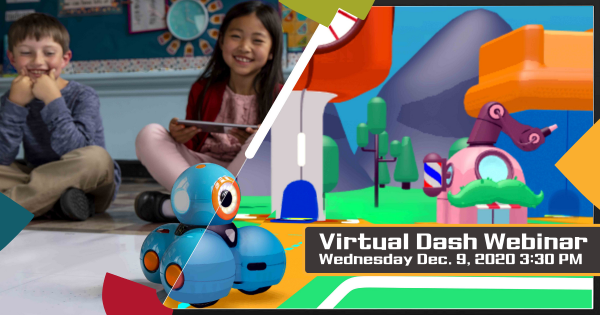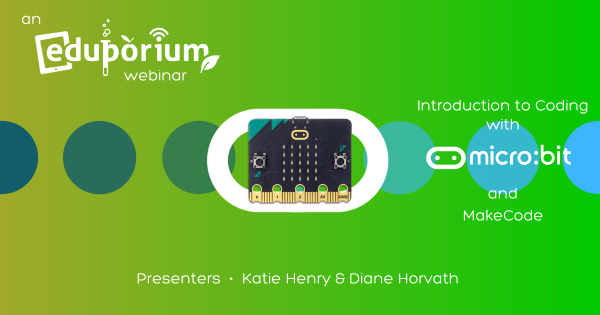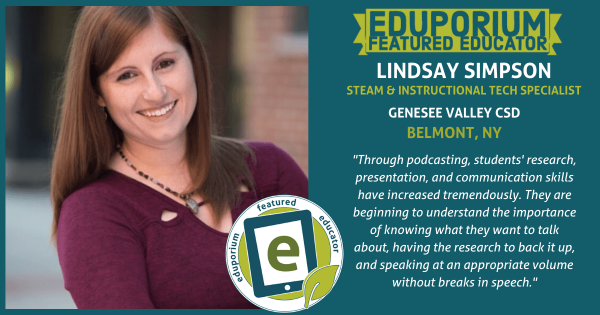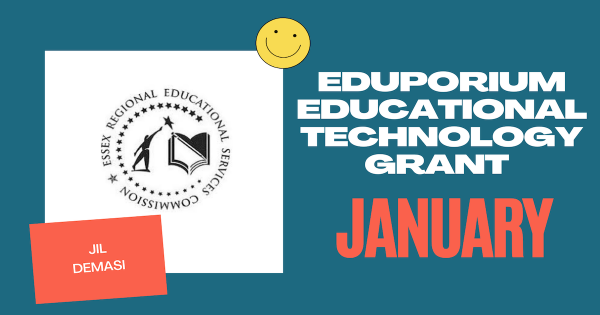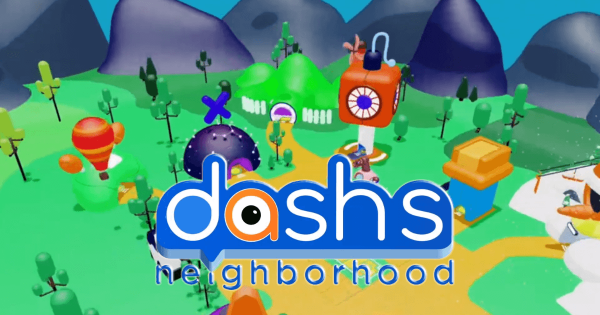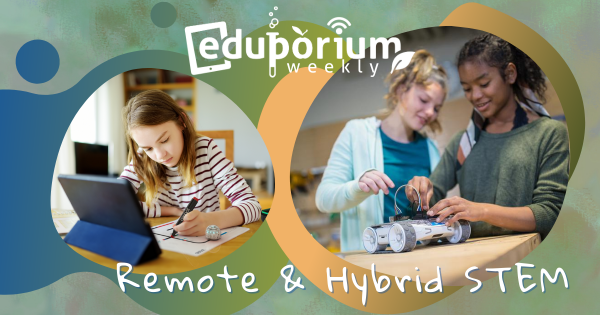Jorge Valenzuela has become an influential figure in STEM education with experience in both classroom and online teaching as well as higher education instruction. He worked in the Richmond Public Schools system for 10 years and helped build their Tech Ed program. In recent years, he’s shared his experiences, including in his book!
STEM
When it comes to STEM in 21st century teaching and learning, there are few limits to what students can accomplish. Besides helping boost their overall engagement and enjoyment levels in the here and now, access to STEM learning and opportunities to build real-world skills often significantly improve how students prepare for the future. Whether it's with introducing them to coding in the early grades, engineering in their middle years, or the benefits of more complex technologies, like virtual reality or artificial intelligence, in high school, STEM education is a crucial piece of student development. With such huge potential and importance, however, this instruction requires planning, guidance, and equipment. And, as the economy keeps trending toward STEM-dominated professions and opportunities, exposure to these areas is vital. Thankfully, there are few restrictions to leading effective STEM lessons.
Our mission is helping educators develop students who are truly Future Ready and helping them facilitate relevant learning is how. To that end, we offer a robust online store filled with the latest STEM solutions. But, beyond that, we love creating and sharing impactful content to help enhance how educators use these tools in instruction. In this section of our blog, you'll find countless posts on trending STEM topics, how-to articles, many recommendations for classroom solutions and projects, industry updates, connections between STEAM tools and the future, and a lot more. We are also extremely committed to closing certain gaps and increasing equity in STEM education. As such, a lot of this content contains context for advancing inclusive opportunities for all kids. We encourage you to search through the posts to find something relevant for you. And, if there's any topics we've missed, let us know.
-
Eduporium Experiment | Wonder Workshop's Class Connect
The Dash and Dot Robots are a favorite among educators when it comes to coding in school. Since many students are no longer able to enjoy this, however, coding in remote learning has become the next best thing. Using the virtual Dash robot, which can be accessed through Class Connect, students are able to continue their coding from home! -
Eduporium Featured Educator: Katie Gardner
We’re excited to share our latest Eduporium Featured Educator interview! This month, we hear from Katie Gardner, who’s an elementary ESL teacher in the Rowan-Salisbury School System in North Carolina. Katie has found great benefits from integrating various types of technology in her instruction. She’s even tried using AR tools with her ESL students! -
5 EdTech Tools for Combining STEM and SEL
Luckily, students still have the potential to use STEM tools to boost their overall social-emotional connections. It comes down to finding the right technologies and aligning those tools with accessibility and relevant projects. Other SEL tools are built more for the classroom and that’s okay, too. Here are a few of the best for combining SEL and STEM. -
How to Use the Virtual Dash in Remote Coding Education
The virtual STEAM solution from Wonder Workshop is designed to work just like the physical Dash Robot. Teachers can lead coding and computational thinking lessons using this online version of the Dash and, in the brief webinar, members from their team will outline everything educators need to know. Click inside to find the recording! -
Video: Our Webinar on Using the micro:bit and MakeCode
In our latest webinar, we were joined by Katie Henry, micro:bit’s Head of Partner Engagement, and Diane Horvath, a technology specialist. The pair discussed many of the educational possibilities when it comes to using the micro:bit in the classroom and attendees from around the world joined in and contributed to the great discussion. Find the recording here! -
Eduporium Featured Educator: Lindsay Simpson
Though she and her students have dealt with various challenges during the course of the COVID-19 pandemic, Lindsay has found some creative ways to keep them engaged and developing STEM skills. After starting a student podcast last year and adapting it to the current situation, it ended up being a super valuable piece of the learning her students continue to -
EdTech Grant for January Awarded to Jil DeMasi
Jil is committed to providing students with the resources and opportunities they would have access to in a traditional educational setting. She’s chosen to go about facilitating opportunities through the implementation of robotics tools. Jil sees this opportunity as a game changer for her students as she helps them discover hidden talents. -
Eduporium Weekly | STEM in Remote and Hybrid Education
While not impossible, planning for STEM in remote or hybrid learning does present obstacles for educators, including finding the time to fit it into class meetings, creating lesson plans, and getting materials to students. Online STEM platforms have provided one solution, but, in order to replicate that classroom experience, it can become tricky.




